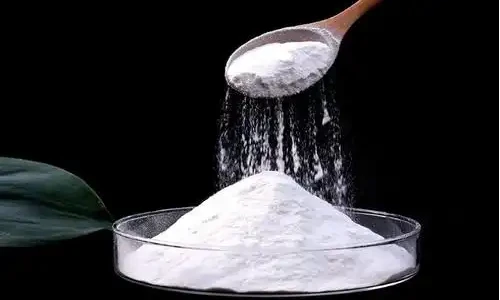
Hydroxypropyl Methylcellulose (HPMC) is a multifunctional, semi-synthetic polymer derived from natural cellulose.
Ver más

Hydroxypropyl Methylcellulose (HPMC) is a multifunctional, semi-synthetic polymer derived from natural cellulose.
Ver más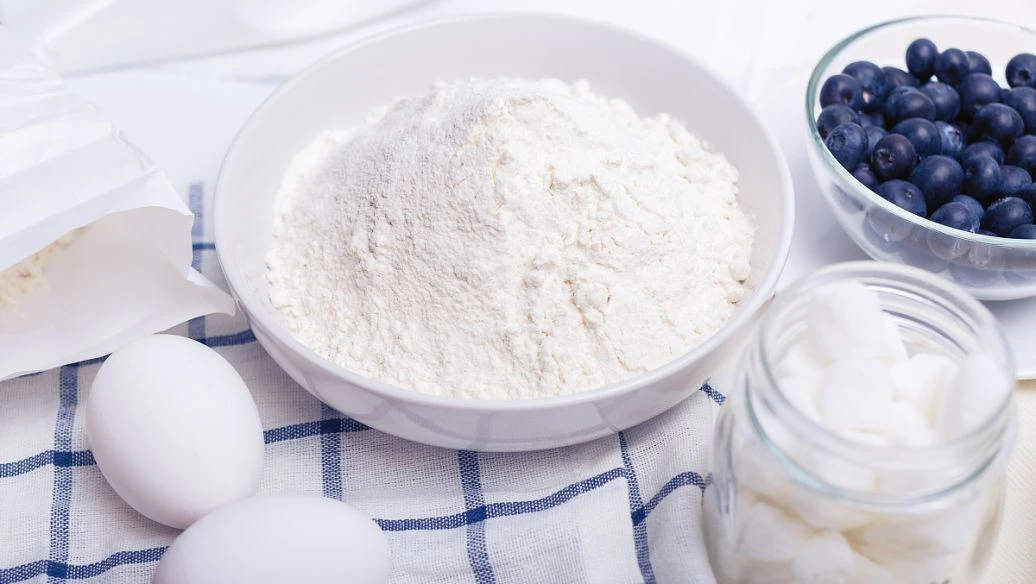
Cellulose, the primary structural component of plant cell walls, is a natural polymer with incredible versatility.
Ver más
Cellulose is the most abundant organic polymer on Earth, derived primarily from plant fibers.
Ver más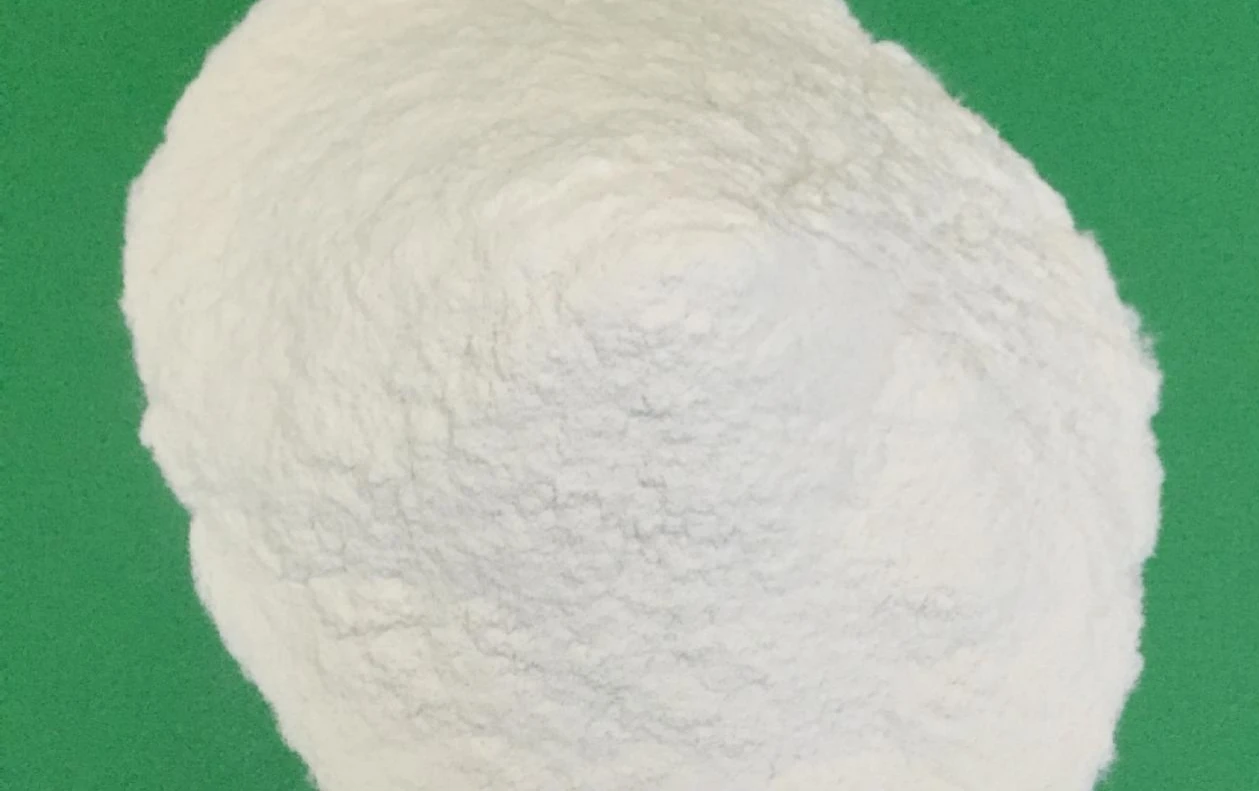
Hydroxypropyl Methylcellulose (HPMC) is a multifunctional cellulose derivative widely used in pharmaceuticals, construction, food, and cosmetic industries.
Ver más
Hydroxyethyl cellulose (HEC) is a non-ionic, water-soluble polymer derived from cellulose, widely used in cosmetics, pharmaceuticals, and industrial applications.
Ver más
Hydroxyethyl cellulose (HEC) is a widely used cellulose ether derived from natural cellulose, chemically modified to produce cellulose 2 hydroxyethyl ether.
Ver más
Hydroxyethyl cellulose, often abbreviated as HEC, is a non-ionic, water-soluble polymer derived from cellulose.
Ver más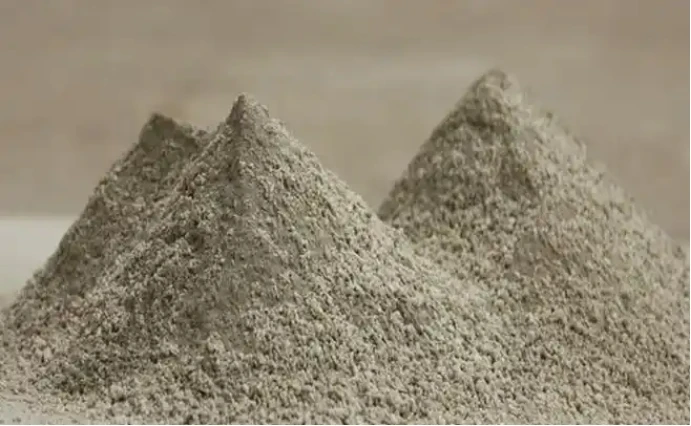
Redispersible polymer powder (RDP) is a free-flowing, white powder obtained by spray-drying a polymer emulsion.
Ver más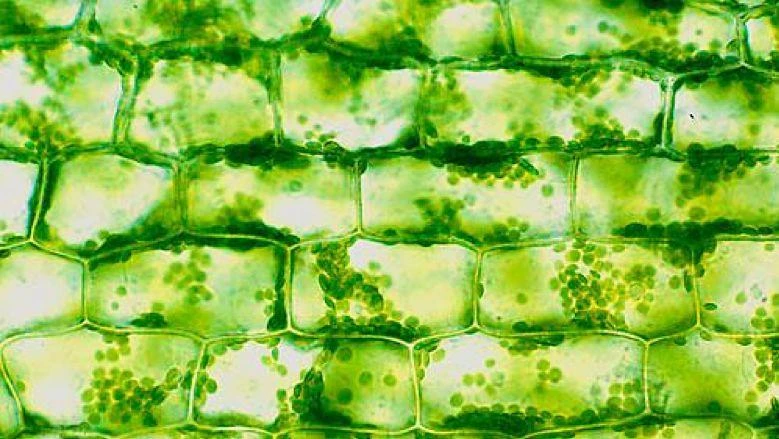
Cellulose is a natural polymer found in the cell walls of plants.
Ver más
The construction industry is continuously evolving, with new innovations and materials that help improve the quality and durability of structures.
Ver más
In modern construction, surface preparation and durability play critical roles in determining long-term results.
Ver más
Cellulose is the most abundant natural polymer on Earth, derived from plant cell walls. In its raw form, it serves as a base for numerous industrial applications.
Ver más